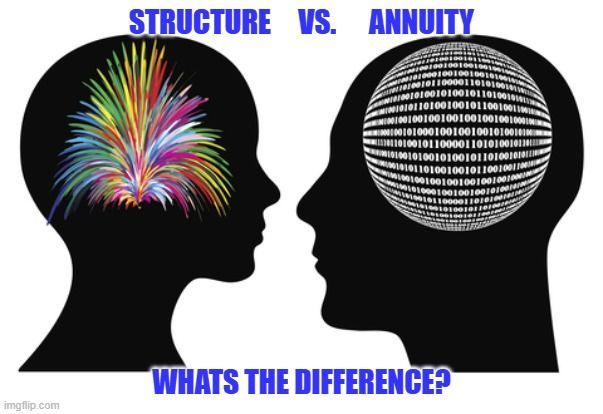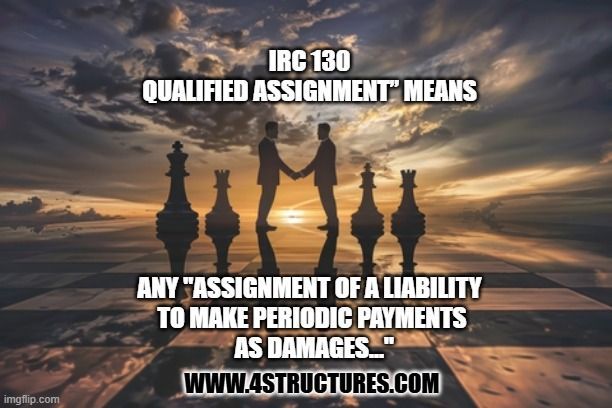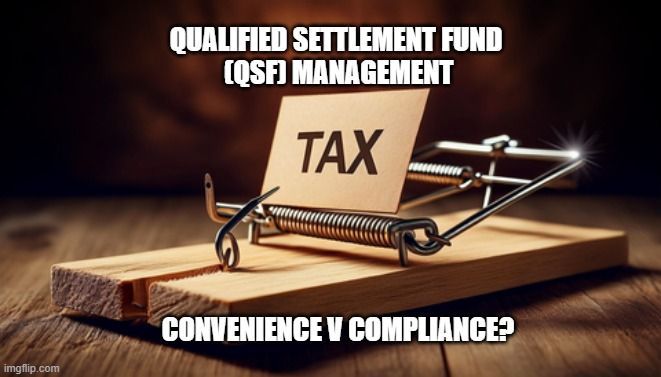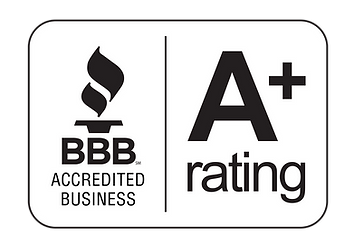What's The Difference Between a Structured Settlement and An Annuity?
John Darer Reviews What You Need To Know

A structured settlement and an annuity walk into a bar, how can you tell them apart?
Here are some talking points about the differences between a structured settlement and an annuity:
1. A structured settlement is a form of negotiated settlement of claims and lawsuits in which some portion of damages is paid in the form of periodic payments.
2. A structured settlement is not a financial product. An annuity is a financial product. This is an important distinction.
3. A structured settlement may be funded by an annuity (or annuities) however, a structured settlement is not an annuity.
4. Regular annuities don't usually have a "wingman". A structured settlement annuity generally has a "wingman" known as a qualified assignment company, because such annuities are not available for retail purpose. In the majority of structured settlement transactions, the annuity is purchased by a qualified assignment company. If a structured settlement is set up to pay taxable damages, the "wingman" is known as non-qualified assignment company.
4. While annuities are the most common method of funding structured settlements, they are by no means exclusive form of funding. There are other options to fund a structured settlement in addition to annuities, such as Treasury Funded Structured Settlements , Market Based Structured Settlements , Periodic Payment Reinsurance and Funding Agreements
Read What is a Structured Settlement? and Structured Settlement Annuities for more information.
Last updated July 1, 2025
















